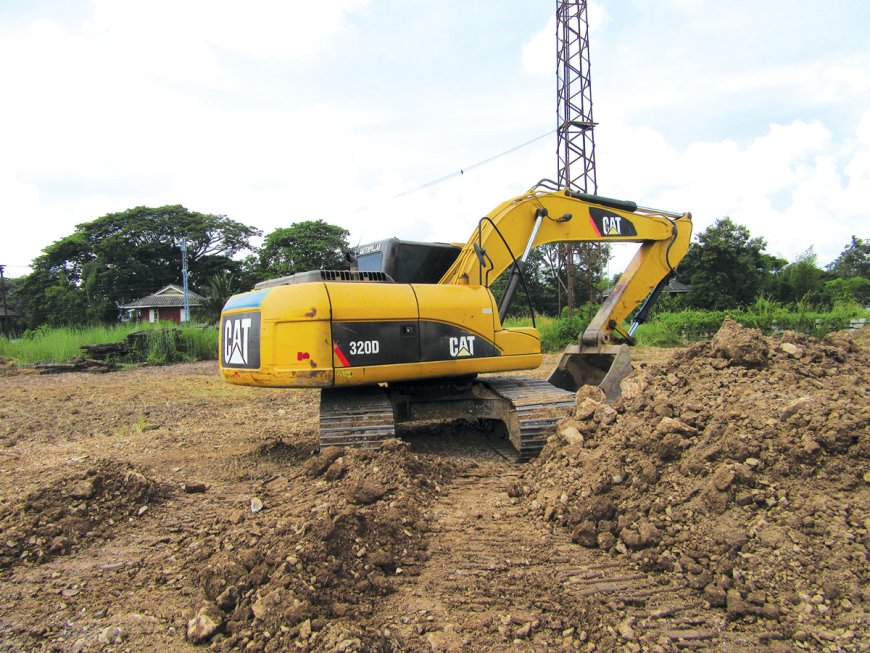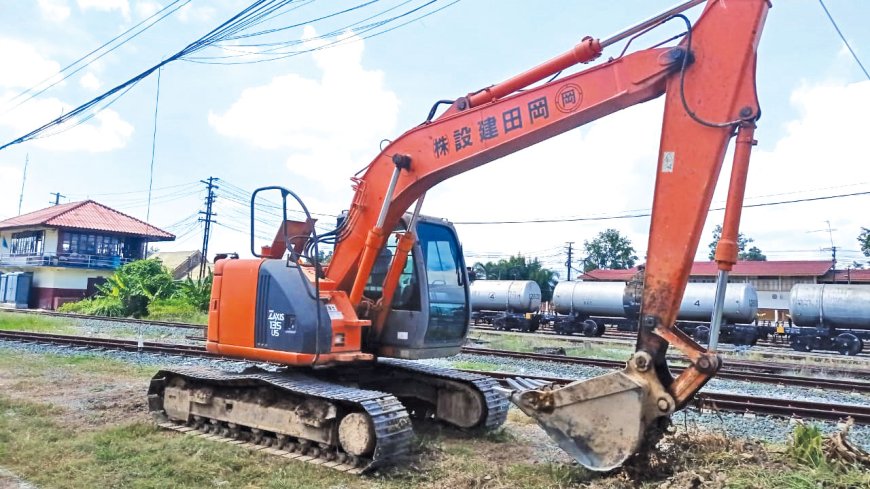INDIAN contractors should work in THAILAND!

India and Thailand have a lot of commonality with each other. When 40 construction workers got trapped under debris following a collapse in the tunnel under construction to connect Uttarkashi and Yamunotri, two of the holiest Hindu shrines and part of a road project aimed at improving travel conditions along the Line of Actual Control (LAC) with China, India immediately sought advice from the Thailand company that had successfully rescued 12 boys from a junior football team and their coach trapped in a tunnel for more than two weeks in the Tham Luang cave complex in 2018.
India has considerable presence in Thailand, with major Indian groups including the Tata group (automobiles, steel, software), Aditya Birla group (chemicals, textiles), Indo Rama group (chemicals), Lupin (pharmaceuticals), Ranbaxy and Dabur successfully operating in the country for the past several years. As per the Ministry of Commerce of Thailand in 2022, India imported goods and services worth US$10.52 billion while exporting worth US$7.17 billion. Major Indian exports to Thailand are jewellery, machinery and parts; metal waste scrap and products; chemicals; parts and accessories of vehicles; iron, steel and products; electrical machinery, vegetables, medicinal and pharmaceutical products. Major Indian imports from Thailand include animal fats and oils; chemical products; polymers of ethylene, polypropylene, aluminium products; spark-ignition and reciprocating internal combustion engine pistons, air conditioning machines and rubber products.

Coming to the construction equipment industry, while Thailand's crawler excavator market demand is majorly driven by mining activities and is showing significant growth across the country, India’s construction equipment manufacturers and contractors would find Thailand’s increasing investment in road construction, housing projects, and ‘Smart Cities’ projects is going to spike construction equipment demand. Already excavators used in the construction industry accounted for the largest share of 42%, due to huge government expenditure in construction projects. Indian contractors should realise that high procurement and maintenance cost of construction equipment results in rentals being preferred by the contractors, making space for Indian contractors to precisely fit in. The construction equipment and opportunities for Indian manufacturers and contractors are therefore robust and they must explore expanding operations in Thailand, a friendly country with winsome, accommodating people.
The Chinese are already in there and so must the Indians. In the town of Uttaradit, a rural area in Thailand, between a railway station named ‘Sila At’ on the Bangkok-Chiang Mai railway route, and the ‘Paradanusorn School’ (a family-run school for poor and low income families with a typical Thai charm), is a sewage pipe laying project run by a Chinese contractor with two excavators, a Z AXIS 135 and a CAT 320D. Back filling is carried out with a CAT motor grader and a Bomag compactor.
The contractor is Chinese, the ‘Okada Construction Company’. I was able to talk to the CAT operator with an Indian sounding name ‘Sanchai’, (derived from Sanjay, because the roots of the Thai language are derived from the Indian languages, namely Pali and Sanskrit). Since he only spoke Thai, I barely made out that the sewage pipe laying contract period was three months and involved laying pipes for 15 kilometers.
Sanchai’s work timings were very comfortable and he operated both the Hitachi Z AXIS and the CAT excavators. He was especially satisfied with the ‘Z AXIS’ hydraulic excavator with its cab space improved penetrability and the ride quality, the fuel efficiency complementing its performance, since they used automation and telematics to boost productivity. Sanchai felt both CAT and Hitachi were highly productive and efficient. His owner monitored fuel usage, his individual operational skills, always knowing about the location of the machine, the engine hours operated and could predict maintenance schedules. Just like in India, here too innovations were driving productivity, connectivity and efficiency!
Sanchai had to be careful while laying the sewage pipes because he had to ensure the minimum slope for water drainage. The piled-up earth was then back filled into the excavated trench after placing the sewage pipe using the CAT motor grader and finally the Bomag compactor was used to reposition the soil. He was happy with the progress, and was busy setting up the neighborhood street lights because he wanted to run a second shift and work at nights as well.

Indian manufacturers and contractors should seriously consider expanding their construction equipment business by taking it from India to Thailand. Conducting a thorough market research to understand the construction industry would be the first step, followed by familiarisation with Thailand’s legal and regulatory framework for foreign businesses. A partnership with a local company would leverage knowledge of the market and establish a strong presence besides facilitating navigation through bureaucratic processes. Most important would be to understand Thai culture and business etiquette while the language barrier can be overcome with bilingual staff and using translation services. Finally developing a marketing strategy updated with local construction trends and technologies and tailored to the Thai market with localised marketing materials to resonate with the Thai audience would go a long way.
The success of Indian manufacturers and contractor’s business in Thailand will depend on careful planning, cultural sensitivity, and adherence to local regulations so do seek advice from local experts and business consultants to help navigate the intricacies of doing business in Thailand. Indian construction equipment manufacturers are cheaper and more competitive in Thailand which makes it easy to surmount market conditions, competition, and customer preferences. Do collaborate with local partners which will help in understanding the market dynamics in depth, assisting in tailoring strategies to meet the specific needs of the Thai market. The field is wide open, a win-win situation awaits, the opportunities are huge and ready for Indian manufacturers and contractors to grab and emerge successful.

Priyan R Naik
Columnist and independent journalist







